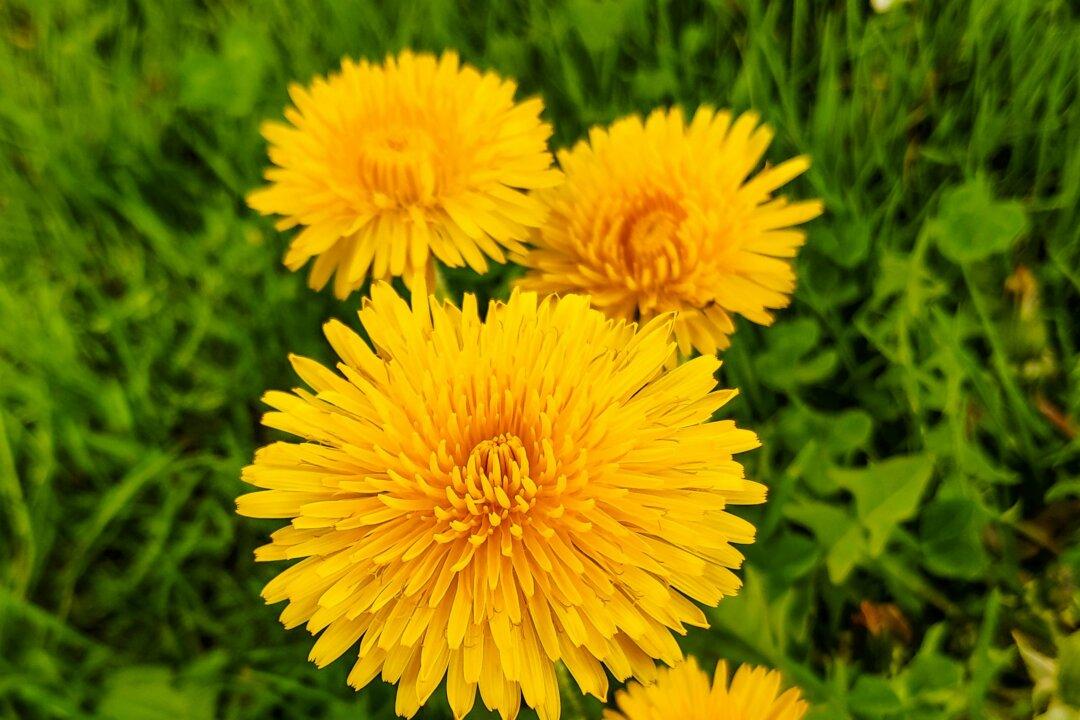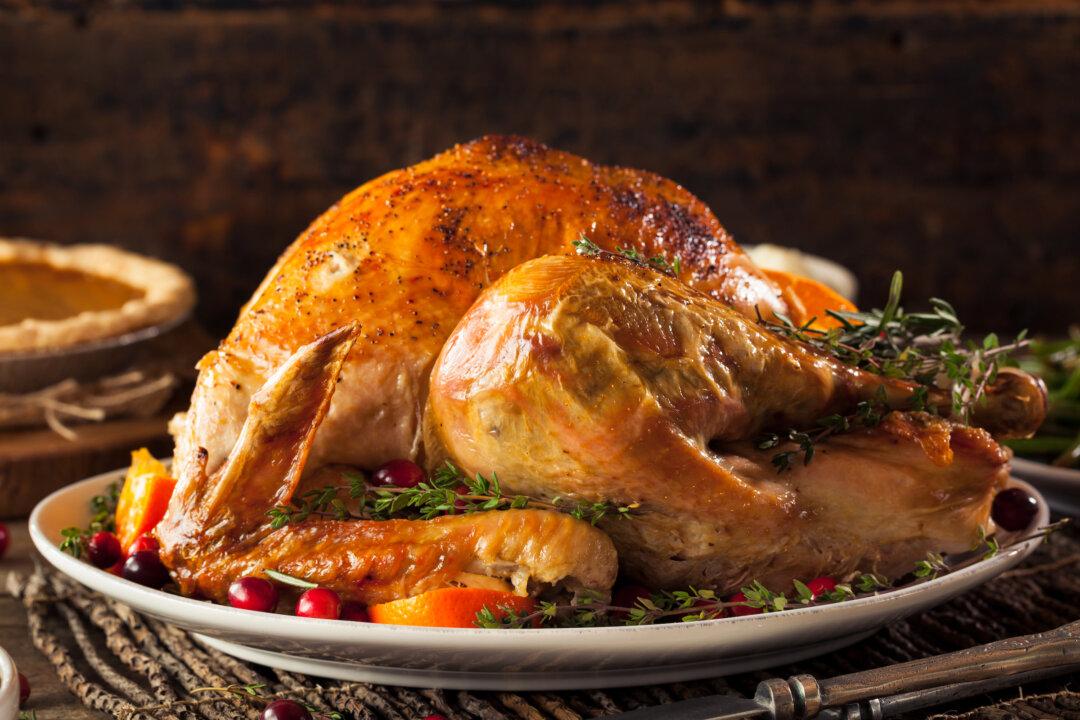In the heat of summer, when mangoes are in season, cookbook author Chetna Makan chops up the raw green fruit to make a refreshing, if unexpected, salad.
She tosses the tart, crisp flesh with handfuls of red onion, cucumber, carrot, and soaked lentils, which are softened until they retain just a whisper of a crunch. Then she adds the finishing touch that brings it all together: a tadka, or “tempering,” of pungent black mustard seeds and chili flakes warmed in hot oil or ghee, a seasoning technique that sizzles the spices to life, drawing out their oils and full aromas. How’s that for a salad dressing?






